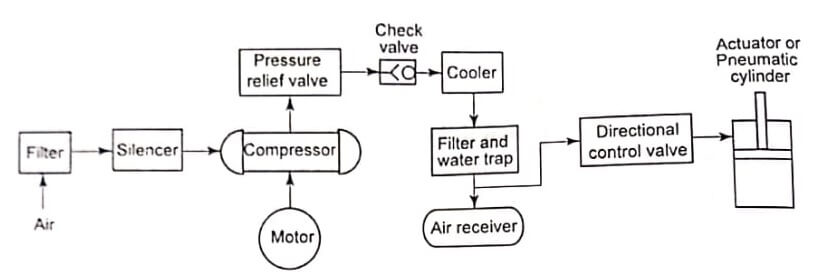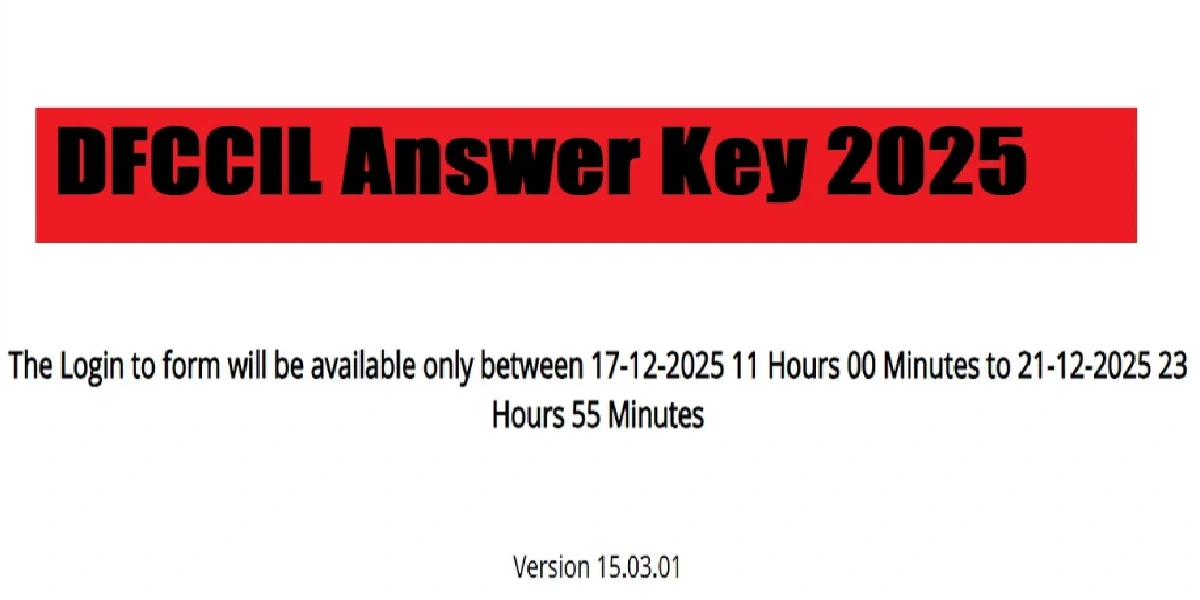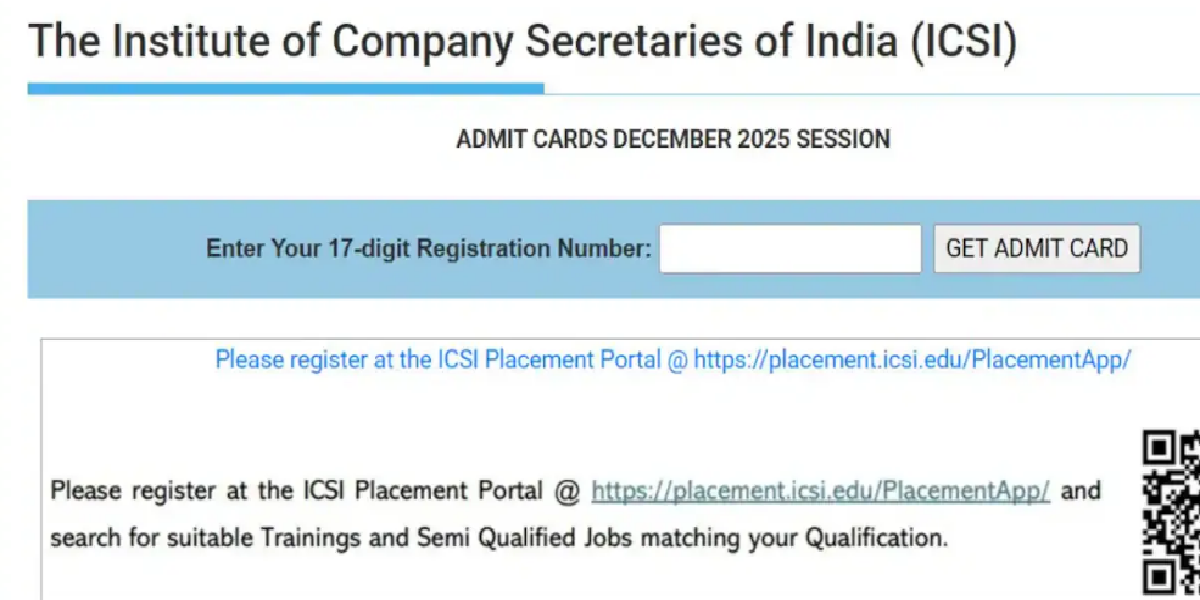Most of mechatronics systems work based on motion or action by means of sort. This motion or actuation is caused either by a torque or force from which displacement and acceleration can be obtained. To obtain this force or acceleration, actuators are mainly used. Actuator is a device which provides enough force needed to start the mechatronics systems. At the same, power should be supplied to the actuator to activate it.
The power supplied to actuators might be anyone of the following forms such as compressed air, pressurized fluid, electric power and mechanical power. If compressed air is supplied to the system, it is called as pneumatic system. But if pressurized fluid is supplied to flow the system, it is called as hydraulic system. Electrical actuator system is with electrical power and mechanical system is with mechanical power. Among these, hydraulic and pneumatic systems are quiet effective way of getting motion and action which can be used in mechatronics systems.

Introduction of Pneumatic Systems
Fluid power technology over the years has continuous development involved to the applications of pneumatic and hydraulic systems in several areas, like
- Manufacturing,
- Process industries,
- Transportation systems, and
- Utilities
The fluid power systems are also used
- To carry out mechanical works such as linear, swivel and rotary motion for plant equipment and machinery, clamping, shifting and positioning, packaging, feeding sorting, stamping, drilling, turning, milling and sawing etc.
- To obtain control application such as controlling of plant, process and equipment to take necessary corrective action.
- To measure process parameter to act on necessary output.
Advantages of fluid systems:
- Air is available every where in enormous quantities.
- Transporting air and hydraulic fluid will be easy through pipe line over large distances.
- Storing of compressed air will be easy in a reservoir and removed as required. Hydraulic oil can be stored in accumulators.
- Compressed air is too sensitive with temperature fluctuations but hydraulic fluids are insensitive.
- Compressed air offers minimal risk of explosion or fire.
- The construction of components in fluid system is simple in constructive and cheap.
Disadvantages:
- Good preparation of compressed air and hydraulic fluid required to remove the dirt and condensate.
- Speed fluctuation will always be with pneumatic systems.
- The working pressure of compressed air is limited to 6-7bar.
- The exhaust air will release with very high noise thereby leading noise pollution.
- Producing compressed air and hydraulic fluid are expensive.
Pneumatic systems
In pneumatic systems, force is produced by gas. It is mainly by air pressure acting on the surface of a piston or valve.
Compressed air is produced in a compressor and stored in a receiver. From compressor, it is send to valves which control the direction of fluid flow. Also, flow control valves control the amount of power by the cylinder. The force acting on the piston is given by the equation.
Force = Pressure X Area = p x A
Basic Elements of Pneumatic System
The basic components of a fluid power system are essentially the same, regardless of whether the system uses a hydraulic or a pneumatic medium. A pneumatic system essentially has the following components.
- Compressor and Motor
- Pressure relief valve and Check valve.
- Cooler, filter and water trap
- Air receiver
- Directional control valves
- Actuator or pneumatic cylinder
The fresh atmosphere air is not sent directly to the compressor to use in pneumatic systems. First, it is filtered atmosphere air is supplied to the compressor through silencer to reduce noise level. Then it is compressed.
Pressure relief valve is used to avoid the damage of compressor due to excess pressure raise in the system. Check valve is a one-way valve that allows pressurized air to enter the pneumatic system, but prevents backflow and loss of pressure into the compressor when it is stopped.
The cooler is used to cool the compressed air which is usually very hot. The filter is used to remove contamination in the compressed air and water trap is used to remove water particles.
The pressurized air is stored in a device called an air receiver, preventing surges in pressure and relieving the duty cycle of the compressor.
Directional control valves are used to control flow of pressurized air from the source to the selected port. These valves can be actuated either manually or electrically.
Actuator or pneumatic cylinder converts energy stored in the compressed air into mechanical motion.
Hydraulic Systems
A hydraulic system uses force which is applied at one point and transmitted to another point using an incompressible fluid, plant equipment and machinery. In this type of machine, high-pressure liquid called hydraulic fluid is transmitted throughout the machine to various hydraulic motors and hydraulic cylinders. The fluid is controlled directly or automatically by control valves and distributed through hoses and tubes.
The popularity of hydraulic machinery is due to large amount of power that can be transferred through small tubes and flexible hoses and the high power density and wide array of actuators that can make use of this power.
Basic Elements of Hydraulic and Pneumatic
The necessary components of any hydraulic systems are
- Hydraulic pump unit
- Control valves
- Reciprocating or rotary unit
- Hydraulic pump unit
A pump is device in which mechanical energy is converted into fluid energy. The pump is connected with the reservoir called fluid tank.
- Control valves
The flow of pressurized fluid by a pump is controlled by the following valves such as
- Pressure relief valves control the fluid pressure.
- Non return valve controls the back flow of fluid.
- Directional control valve control the direction of fluid.
- Hydraulic actuator or cylinder
The actuator is the element which converts hydraulic power into mechanical power. The pressurized fluid by the pump is supplied to either rotary pump or hydraulic cylinder based on the type of motion needed. Rotary pumps are used to get rotary motion and hydraulic cylinder is used to obtain linear motion.
Working of hydraulic system
The fluid stored in the tank is send to the filter to remove dust and foreign particles. After the fluid is filtered, it is sucked by the pump which is driven by a motor. During pumping,. The pressure of the fluid will increase and it is released with high pressure to the accumulator through non return valve. One pressure relief valve is connected at the exit to control the delivery pressure of fluid. The fluid with high pressure is supplied to the hydraulic cylinder through directional control valve.
Hydraulic Accumulator
A hydraulic accumulator is an energy storage device. It is pressure storage reservoir in which a fluid is held under pressure by compressed gas or a spring or a raised weight. The main reasons that an accumulator is used in a hydraulic system are:
- The pump does not need tope so large to cope with extremes of demand.
- The supply circuit can respond more quickly to any temporary demand and to smooth pulsations.
Compressed gas accumulators are the most common type. A compressed gas accumulator consists of a cylinder with two chambers that are separated by a totally enclosed bladder. One chamber contains hydraulic fluid and is connected to the hydraulic line. The other chamber contains an inert gas (most nitrogen) under pressure that provides the compressive force on the hydraulic fluid. As the volume of the compressed gas changes the pressure of the gas, and the pressure on the fluid, changes inversely.
Hydraulic Pumps
In general, a pump is a device which converts the mechanical energy supplied into hydraulic energy by lifting water to higher levels. Here, hydraulic energy refers to potential and kinetic energy of a liquid. Hydraulic pumps are the energy-absorbing machines. Since, it requires mechanical power to drive. Lifting of water to higher levels is carried out by the various actions of pumps such as centrifugal action, reciprocating action etc., The symbol of a pump.
Power required by a pump
The motor power required to drive a pump is given by
Power, ![]()
![]()
Power = Pressure x Flow rate
Power, P = p x Q
Advantages and Disadvantages of Hydraulic and Pneumatic
Advantages of hydraulic systems
- It is easy to produce and transmit hydraulic power.
- Hydraulic systems are uniform and smooth.
- Balancing hydraulic forces is easier.
- Weight-to-power ratio is less.
- It is easy to maintain.
- Systems are cheaper.
- Hydraulic systems are safe and compact.
- Frictional resistance is less.
| Read More Topics |
| Eddy current or inductor dynamometers |
| Centrifugal pumps working |
| Micro hydro power plant |





